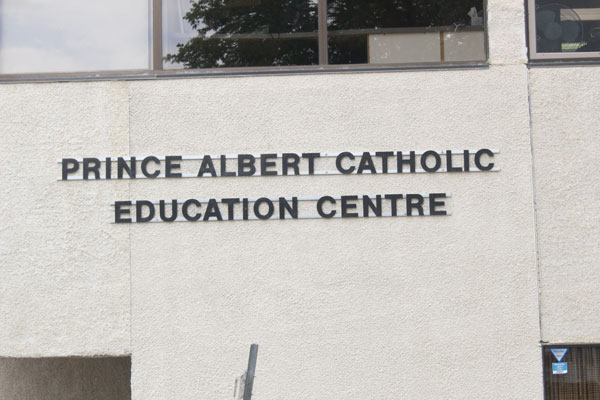The success of a literacy intervention program was highlighted during the Prince Albert Catholic School Division board of education meeting on Monday. The Talking Partner program is a literacy intervention program provided by teachers in the division. It is offered at Ecole St. Anne School, St. John Community School, St. Michael Community School, St. Catherine Catholic School and St. Francis School.
In the first 10 week session from September until December of 2021 there were 15 Grade 2 students and seven Grade 3 students in Talking Partners. The average growth in grammatical structure was 1.0 in Grade 2 and 1.6 in Grade 3, in expression of information the average growth was 1.8 in Grade 2 and 1.6 in Grade 3 and reading average growth was 1.8 in Grade 2 and 1.0 in Grade 3.
“It really comes from that expressive and receptive language needs to be built before you can learn to read and write, and we are finding great success as you can see with the results that were provided last night that,” education director Lorel Trumier said. “A 10-week process of exploring language in receptive and expressive ways really can make a difference for children.”
The program is a small group supplementary intervention designed to support oral language development. Groups of three to four students work with the Talking Partner Teacher 39 minutes per day on oral language strategies. The program prioritizes Grade 1 to 3 students with English as an additional language.
Student growth is measured in grammatical structures, such as nouns, verbs and past and present tense, expression of information which scores the ability to clearly articulate information and reading level which measures both fluency and comprehension.
“Our school division is unique in that we had been doing this process for sure for the last eight years and we just continue to see a very good need to continue the program, our teachers do a great job for our children,” she said.
Trumier gave an example of how the program can use objects to facilitate learning.
“It can be as simple as taking a seashell and having expressive language play around the shell in discussing what’s rough, what’s smooth,” she explained. “(It’s) expanding vocabulary and expanding their knowledge of the concept of language. That ultimately helps them to read and the evidence is in the information that was provided (Monday) night.”
michael.oleksyn@paherald.sk.ca


